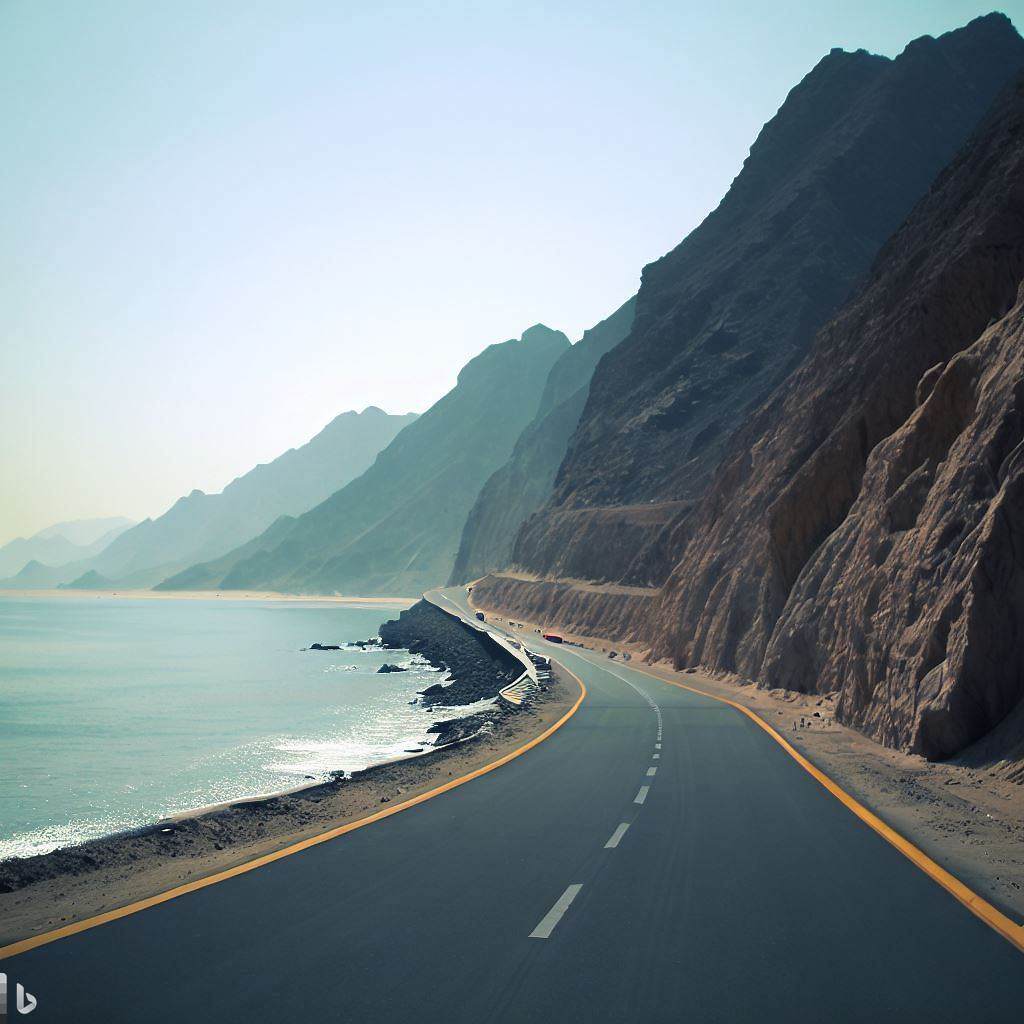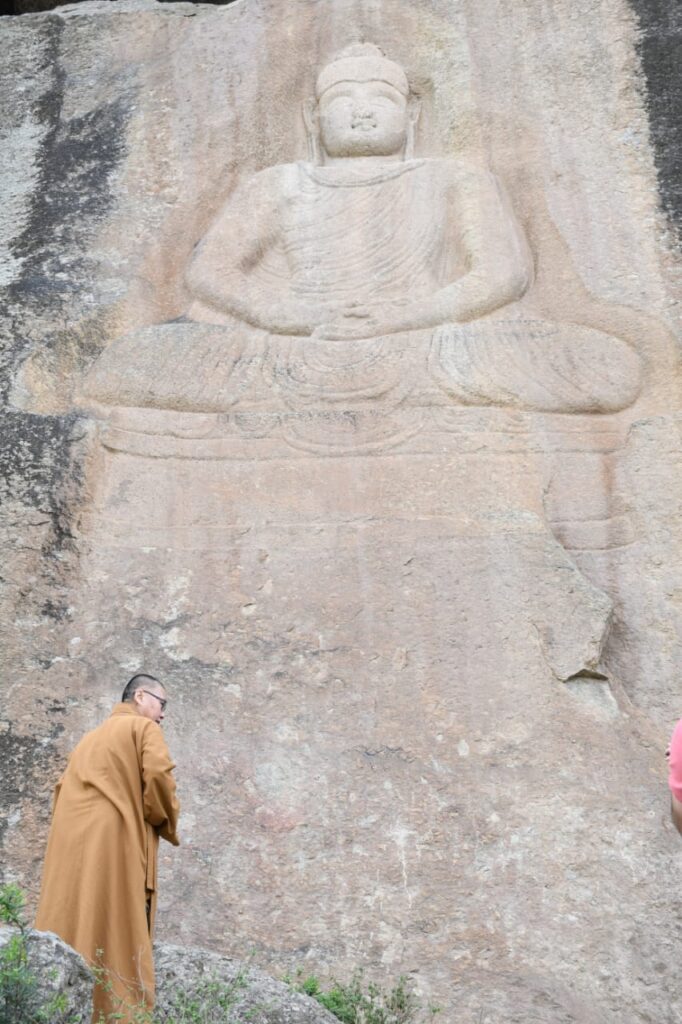How CPEC affects the flourishment of Buddhist Tourism in this region?

The China-Pakistan Economic Corridor, or CPEC, is going to change things in a big way. It is not just about business and roads – it is also about helping people who want to learn about old stuff, like the history and culture of Buddhist places. One thing that will get better is how you can get to these places. They are fixing up the roads and trains, so it will be easier to go see places like Taxila, Takht-i-Bahi, and Swat Valley. These places used to be hard to reach, but soon you can get there without any trouble.
Because CPEC is making things better for business, there will be more places for you to rest and stay. Hotels, restaurants, and places to take a break will be all over. This means that when you travel to see the old places, you will not have to give up modern comforts. CPEC also provides the way for the people from China and Pakistan to get to know each other better. This means you can learn more about how both these places share a special history, especially when it comes to Buddhism. When people understand each other, it makes the trip more interesting and meaningful.

The old places that people want to see, as the stupas, monasteries, and statues, might get fixed up better. They might start schools and places to study about Buddhist things. This is helpful for people who want to know more about the places they visit.
If you are someone who likes to think about important things and meditate, CPEC might make it easier for you to visit places that are special to your beliefs. Going to these sacred places could be easier and more peaceful. CPEC could also change how you travel. Instead of just seeing one place, you might go to many places along the way. People who know a lot about the places can guide you and help you have a good time.

Major Buddhist Sites, which are part of CPEC
Several significant Buddhist sites in Pakistan are located along or near the China-Pakistan Economic Corridor (CPEC). These sites hold immense historical and cultural value and have the potential to become important tourist destinations due to the development brought about by CPEC. Here are a few notable Buddhist sites that could benefit from the corridor’s development:
1. Taxila (Takshashila): Taxila is one of the most important archaeological sites in Pakistan and a UNESCO World Heritage Site. It was a center of learning and a major hub of Buddhist, Hindu, and Jain cultures. The ancient city features stupas, monasteries, and sculptures that date back to the Gandhara period.
2. Takht-i-Bahi: This Buddhist monastery complex is also a UNESCO World Heritage Site. It is located near Mardan and dates back to the 1st century CE. The site includes well-preserved stupas, monastic cells, assembly halls, and a main stupa. It offers insights into the daily life of Buddhist monks during its prime.
3. Swat Valley: Swat Valley is renowned for its Buddhist heritage and picturesque landscape. The region contains numerous Buddhist stupas, monasteries, and rock carvings. Sites like Butkara Stupa and Shingardar Stupa are well-known attractions.

4. Khyber Pass Region: The Khyber Pass, historically significant for trade and invasions, has witnessed the movement of Buddhist missionaries and travelers. The region contains several Buddhist relics and rock carvings.
5. Gandhara Art: The Gandhara region, encompassing parts of present-day Pakistan and Afghanistan, was a crucible for the development of Buddhist art and culture. The artistic remains in this region include sculptures and architectural elements that blend Greek, Roman, and Indian styles.
6. Pushkalavati (Charsadda): This ancient city, near Peshawar, has archaeological remains from different periods, including Buddhist stupas and monasteries. It was an important center for trade and culture.
7. Bhamala Stupa: Located near Haripur, Bhamala Stupa is a significant archaeological site that features a large Buddhist stupa dating back to the 4th to 5th centuries CE. It has intricate stucco decorations and sculptures.

8. Saidu Sharif: Saidu Sharif, in Swat Valley, has the Swat Museum, which houses a remarkable collection of Gandharan Buddhist art and artifacts. The museum provides insights into the history and culture of the region.
9. Amluk-Dara Stupa: This stupa situated near the city of Dir. It displays the architectural and artistic influences of the Gandhara region.
10. Buddhist Monastic Complexes: Throughout the region, there are smaller Buddhist monastic complexes, stupas, and rock carvings that provide glimpses into the spread of Buddhism in ancient times.
The development and promotion of these Buddhist sites along the China-Pakistan Economic Corridor could lead to increased cultural tourism, research opportunities, and the preservation of these historically significant locations. It is worth noting that developments may have occurred since my last update, and I recommend checking with local authorities or recent sources for the latest information on these sites and their status within the context of CPEC.




